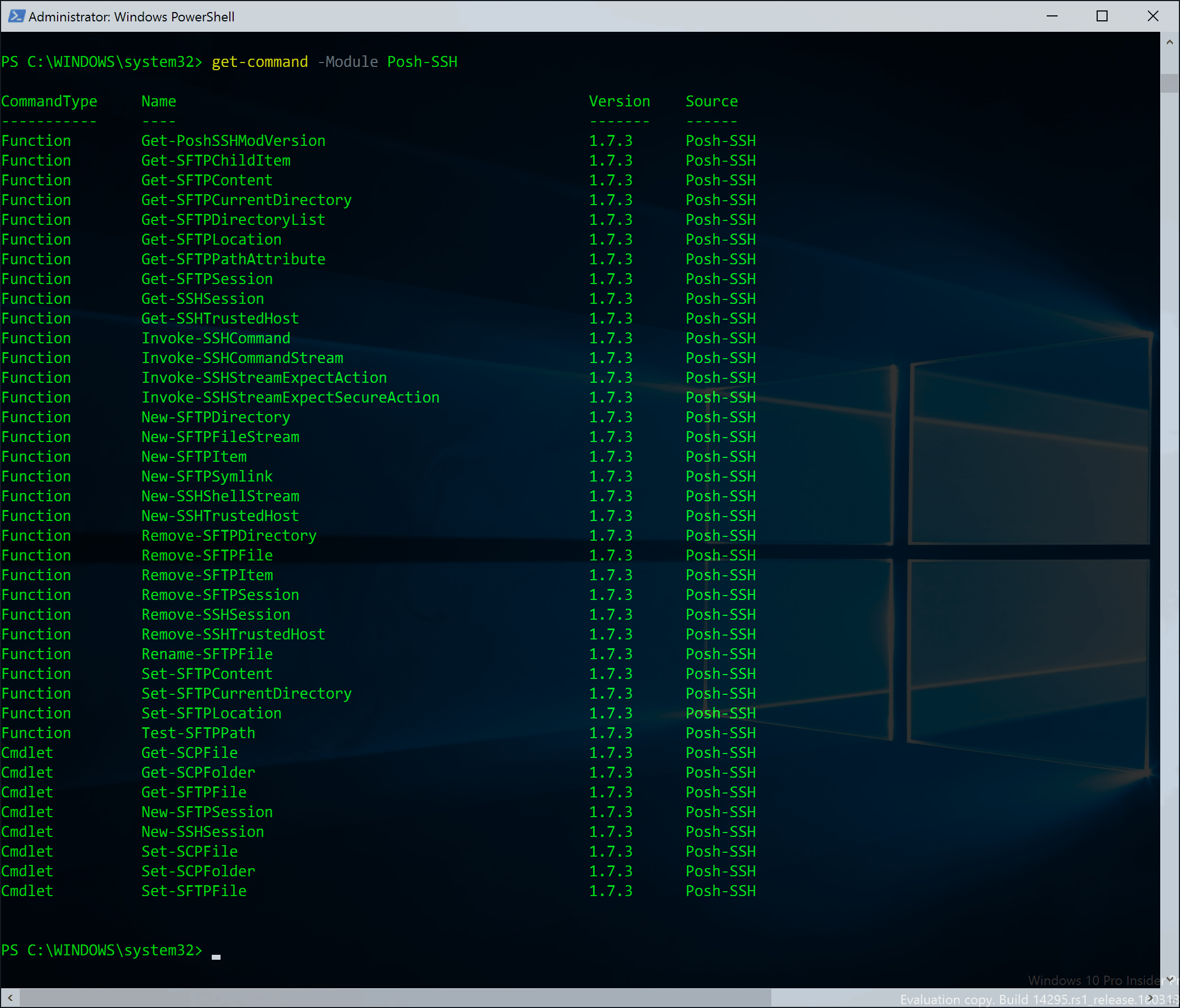

- #AZURE CLOUDAPP SSL HOW TO#
- #AZURE CLOUDAPP SSL INSTALL#
- #AZURE CLOUDAPP SSL UPDATE#
- #AZURE CLOUDAPP SSL PASSWORD#
The auditor asks you to show evidence that you roll your TLS certificates (and other app secrets) regularly, evidence that you know where that certificate goes, and evidence that you know who has access.
#AZURE CLOUDAPP SSL UPDATE#
If you embed the certificate into your VM image you not only run the risk of theft at rest, but also every time you need to update the certificate you need to update the image and redeploy hundreds of VMs. You have an app that runs across hundreds of Azure VMs and needs a client authentication certificate.The App Services platform automatically picks up new certificates to keep your web app up at all times. You generate your certificate in a key vault and connect your web app with it. Your app needs an OV/EV TLS server certificate, and you need to keep it refreshed before it expires. You have a web app built on the Azure App Services platform.Third-party marks and logos are registered trademarks of their respective owners.
#AZURE CLOUDAPP SSL HOW TO#
Note: As a courtesy, we provide information about how to use certain third-party products, but we do not endorse or directly support third-party products and we are not responsible for the functions or reliability of such products. Redirect your web app to HTTPS with a web.config file.Use our Certificate Checker to confirm the SSL is installed.

#AZURE CLOUDAPP SSL PASSWORD#
pfx file in the Certificate password field and click Submit.

Select your recently installed certificate.In the main panel under the IIS section, double click on Server Certificates.Under the Connections panel on the left, click on your Server Name.In the prompt, type inetmgr and click OK to launch the Internet Information Services (IIS) Manager.Click on your Start Menu, then click Run.
#AZURE CLOUDAPP SSL INSTALL#
If you are utilizing an Azure Virtual Machine instead of an Azure Web App, you will want to connect to your instance and install the certificate manually. pfx file and upload it to your Microsoft Azure Portal. Once the certificate is installed on your IIS server, follow this guide to convert the certificate to a. Manually install an SSL certificate on my Microsoft Azure Web AppĪfter your certificate request is approved, you can download your certificate from the SSL manager and install it on your Microsoft IIS Server.


 0 kommentar(er)
0 kommentar(er)
